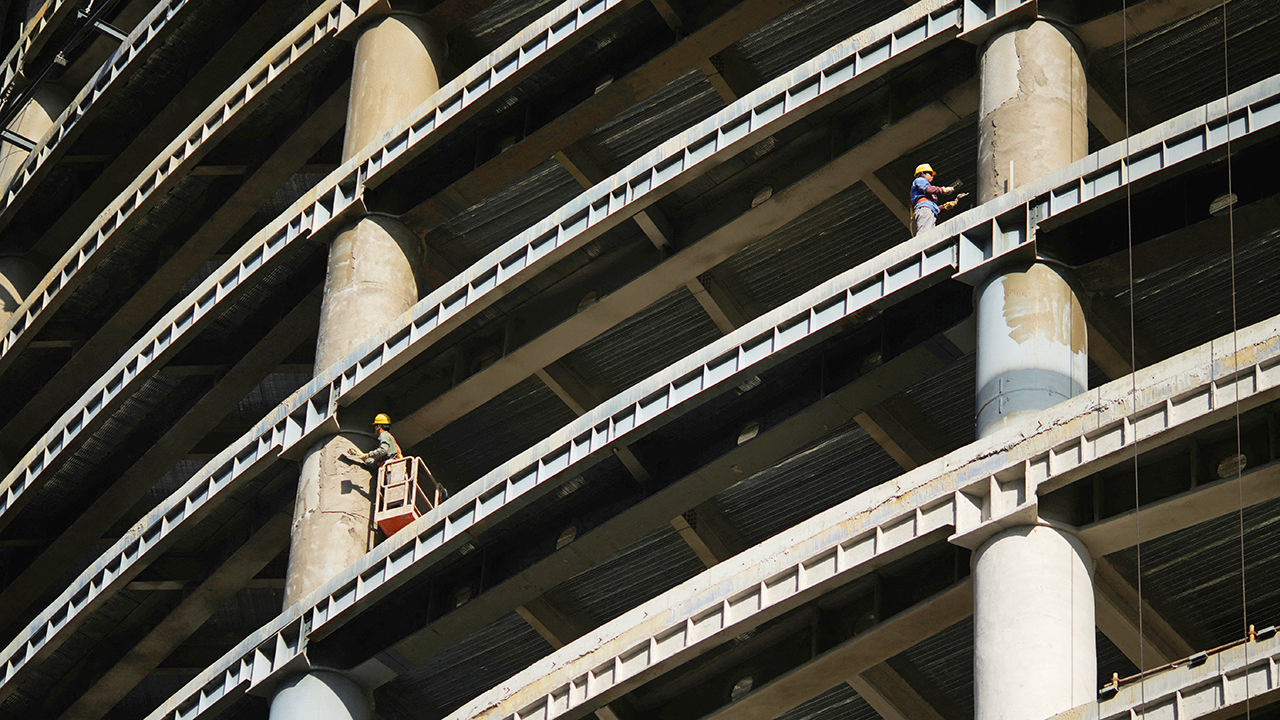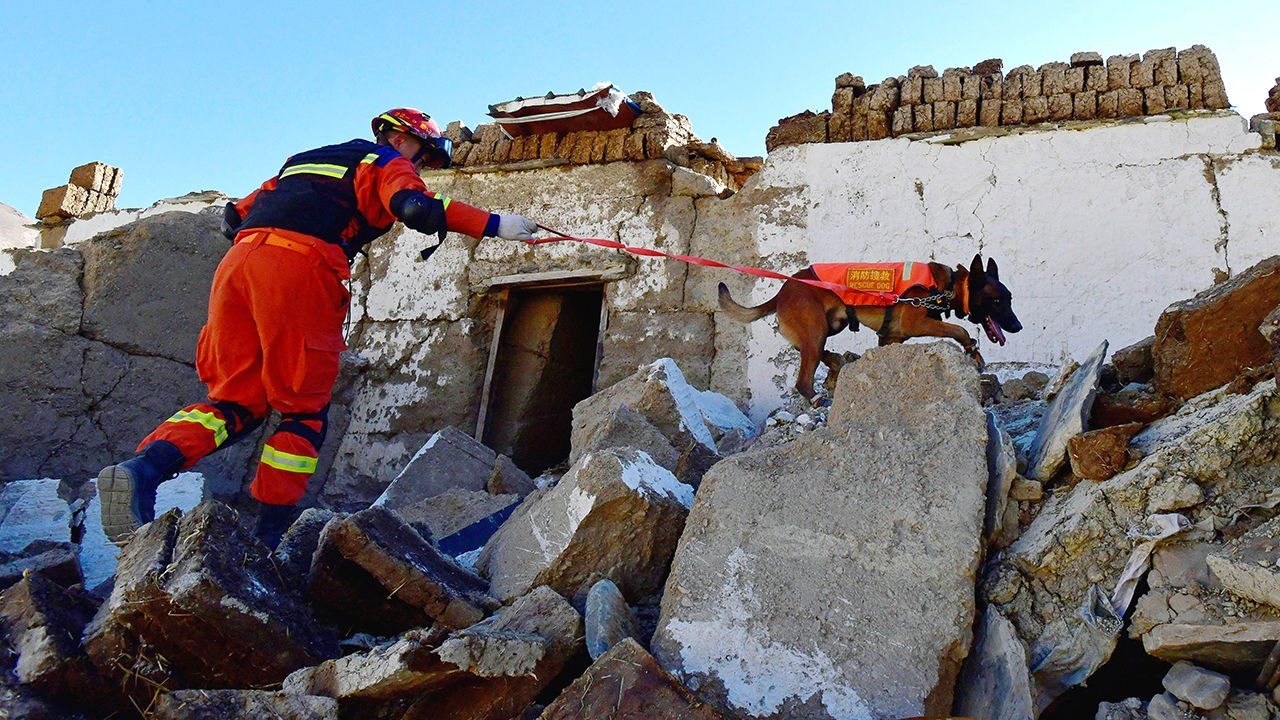MAASTRICHT IS A small Dutch city that casts a big economic shadow. European leaders gathered there in 1992 to sign the treaty that led to the euro. Serenaded by a marching band, they vowed to keep their budget deficits below 3% of GDP and their government debt below 60%. The Economist
Month: January 2025
A pay rise for government workers sparks anger and envy in China
In China’s private sector, many complain that jobs and wages are being cut as the country’s economy flounders. So as news spread online in late December that people on the government payroll were being given a salary increase, some netizens were outraged. “Reminds me of a famous Soviet joke,” wrote one. “Brezhnev on stage says, ‘Our lives will get better and better.’ A worker in the audience asks, ‘What about ours?’” Life can be tough as a state employee, but envy of them is growing. The Economist
Militant Uyghurs in Syria threaten the Chinese government
AS REBELS STORMED across Syria late last year, eventually toppling the country’s dictator, Bashar al-Assad, some were accompanied by fighters from a foreign militant organisation—one with ambitions that extend far beyond Damascus. These men had roots in the Chinese region of Xinjiang and were members of the Turkistan Islamic Party (TIP), a group which aims to establish an Islamic state spanning Xinjiang and other parts of Central Asia. The Economist
A big earthquake causes destruction in Tibet
A 7.1 magnitude earthquake struck Tibet on January 7th, killing at least 126 people. The quake’s epicentre was in Dingri county, some 50 miles from the base of Mount Everest and near the holy city of Shigatse. The rumbling was felt in Nepal and parts of India. According to an initial survey, over 3,600 buildings were destroyed. Thousands of rescue workers have descended on Tibet to look for survivors. More than 400 people have already been pulled from the rubble, report Chinese state media. Survivors and rescuers face many challenges,…
China approves the world’s most expensive infrastructure project
IT IS SOMETIMES called the “Everest of rivers” owing to its extreme topography. One section of the Yarlung Tsangpo falls 2,000 metres over a stretch of 50km (31 miles). But what interests Chinese officials is the river’s hydropower potential. On December 25th Xinhua, the state-run news agency, reported that China had approved plans to build the world’s largest hydroelectric dam on the lower reaches of the Yarlung Tsangpo, which flows from Tibet into India and Bangladesh (see map). The Economist




